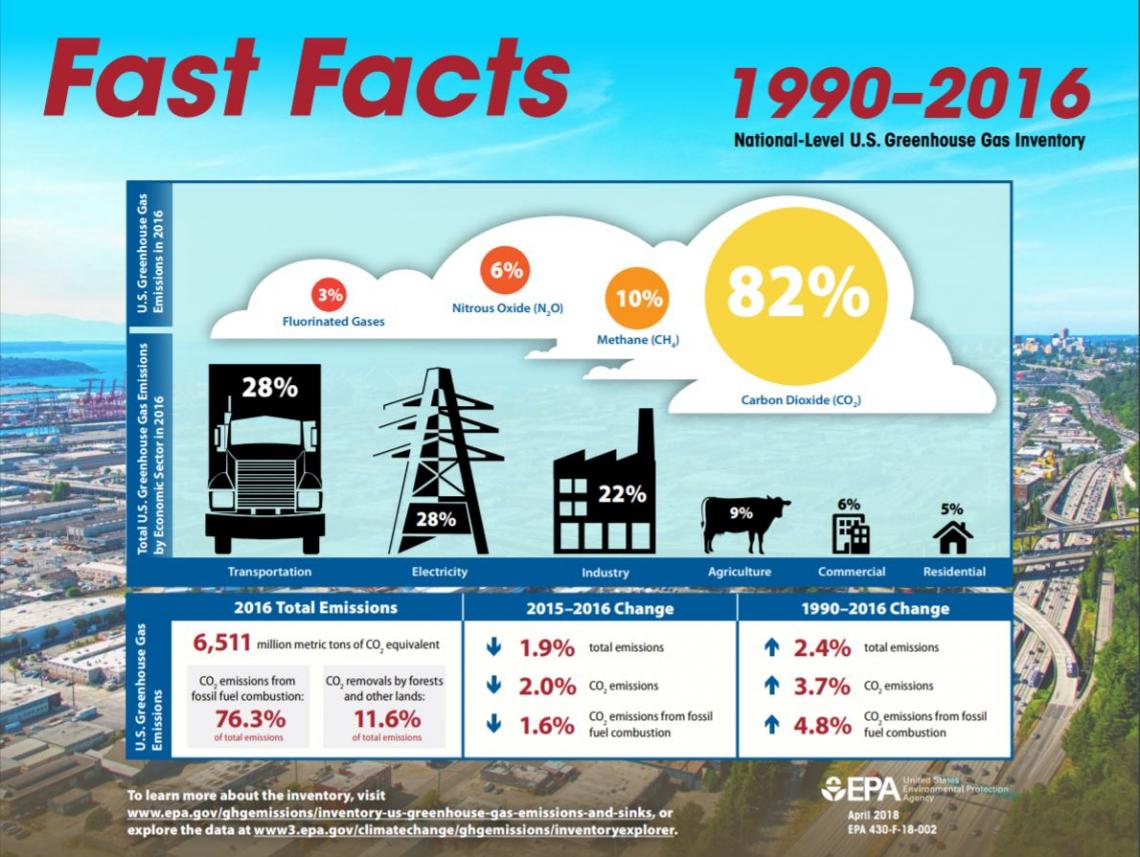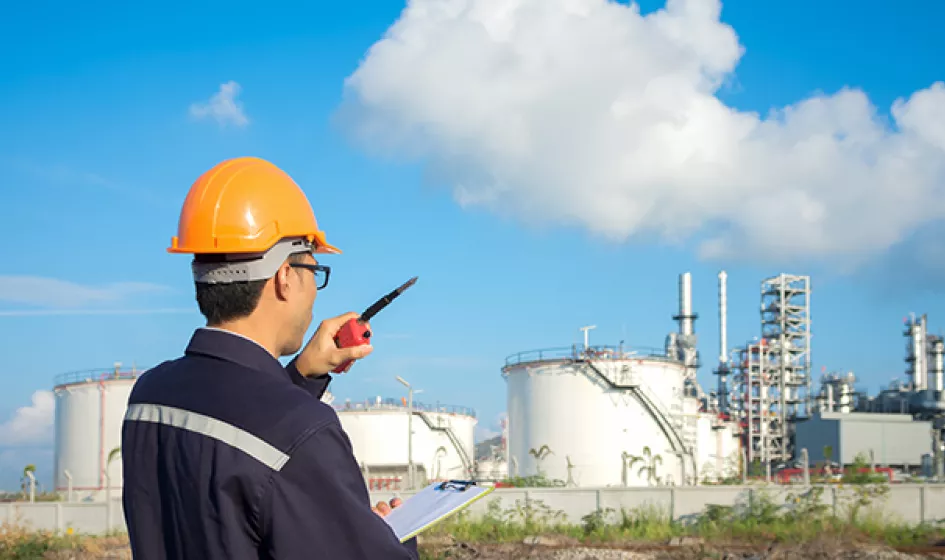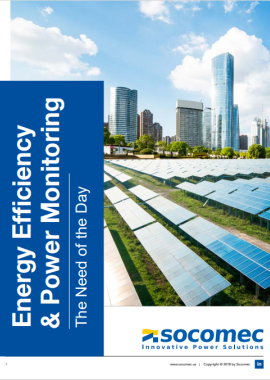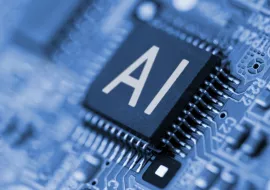Large corporations especially must be prepared; it is essential to have a strategy for the reduction of GHG emissions, and this strategy must have well-defined targets. Achieving these targets can only be done if businesses are measuring relevant metrics and continuously monitoring their processes and their energy consumption. Power monitoring is a useful part of this process, which ultimately helps companies to achieve their GHG mitigation targets.
The relentless increase in the demand for energy is the major driver of change in the current energy landscape. With the gradual depletion of fossil fuels and the increasing emphasis on the reduction of greenhouse gas emissions, it is vital that we change the way we live and work – developing cleaner energy sources, learning how to consume more effectively and committing to use less of the energy that we produce.

GHG Mitigation is Essential
For large corporations, GHG mitigation is no longer a choice. They must have a strategy with defined targets to reduce greenhouse gas (GHG) emissions. For example, as directed by Congress, the U.S. EPA’s Greenhouse Gas Reporting Program (GHGRP) annually reports on emissions trends from the top-emitting sectors of the U.S. economy. According to the EPA, “More than 8,000 facilities report emissions, covering approximately 50 percent of total U.S. emissions.”
There is also a current global trend to put a price on carbon, whether in the form of emissions trading systems or carbon taxes. As such, there is a growing bipartisan movement in the US in support of a revenue-neutral “carbon fee and dividend” program. This would put a price-tag on carbon itself, but would allow the fees collected from citizens to be returned in order to offset any negative economic impacts associated with higher energy costs.
Even without additional carbon reporting or pricing constraints, public pressure is forcing companies to address their GHG and other environmental impacts. The divest movement, for example, is aimed at removing investments tied to fossil fuels from financial portfolios. For instance, Ireland is set to become the first country to divest from fossil fuels, and the Church of England recently “reaffirmed its stance on climate change by voting to divest from any fossil fuel company lacking de-carbonization strategies not in alignment with the Paris Accords”.
Reduce GHG With Power Monitoring
In order to achieve GHG reduction targets, businesses have measurable metrics and continuous monitoring of their processes and their energy consumption footprint. If you’re not including GHG and other environmental factors in your company’s key performance indicators (KPIs), you’re navigating with a huge blind spot. For example:
Do you know the…
- Amount of energy saved due to conservation and efficiency improvements?
- Average electrical consumption per employee or product sold? (Or normalized per sq. feet for buildings.)
- CO2 Tonnage (metric tons) per employee per month?
- Energy costs per unit of production?
- Energy saved due to conservation & efficiency improvements?
In addition to measurable metrics, continuous monitoring is essential for most KPIs. Power monitoring helps in continuous monitoring of energy consumption and therefore helps in achieving GHG mitigation targets. In our latest White Paper, Energy Efficiency and Power Monitoring: The Need of the Day, Socomec’s engineering team has outlined this information in greater detail so as to help businesses derive their own GHG mitigation action plans. Be proactive about developing your plan, and download our white paper, Energy Efficiency & Power Monitoring: The Need of the Day, to help you get started.











